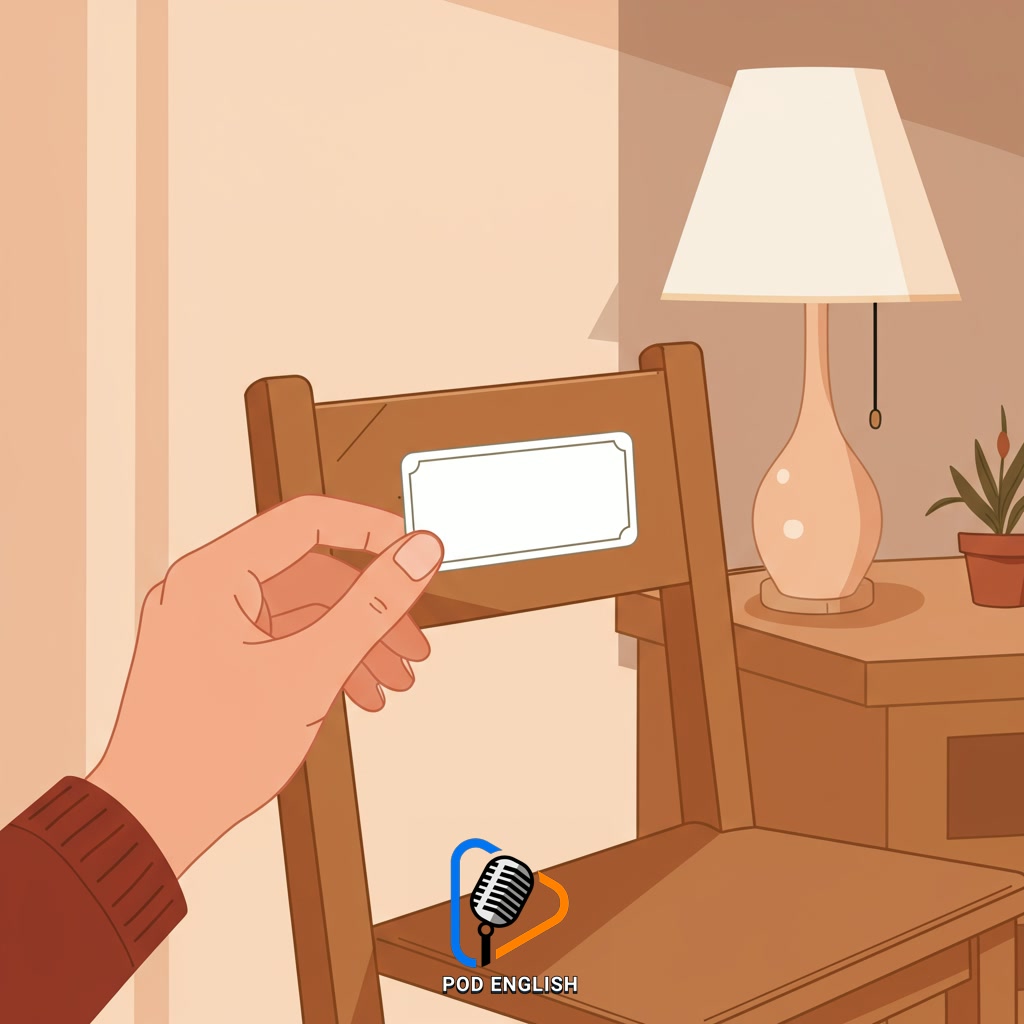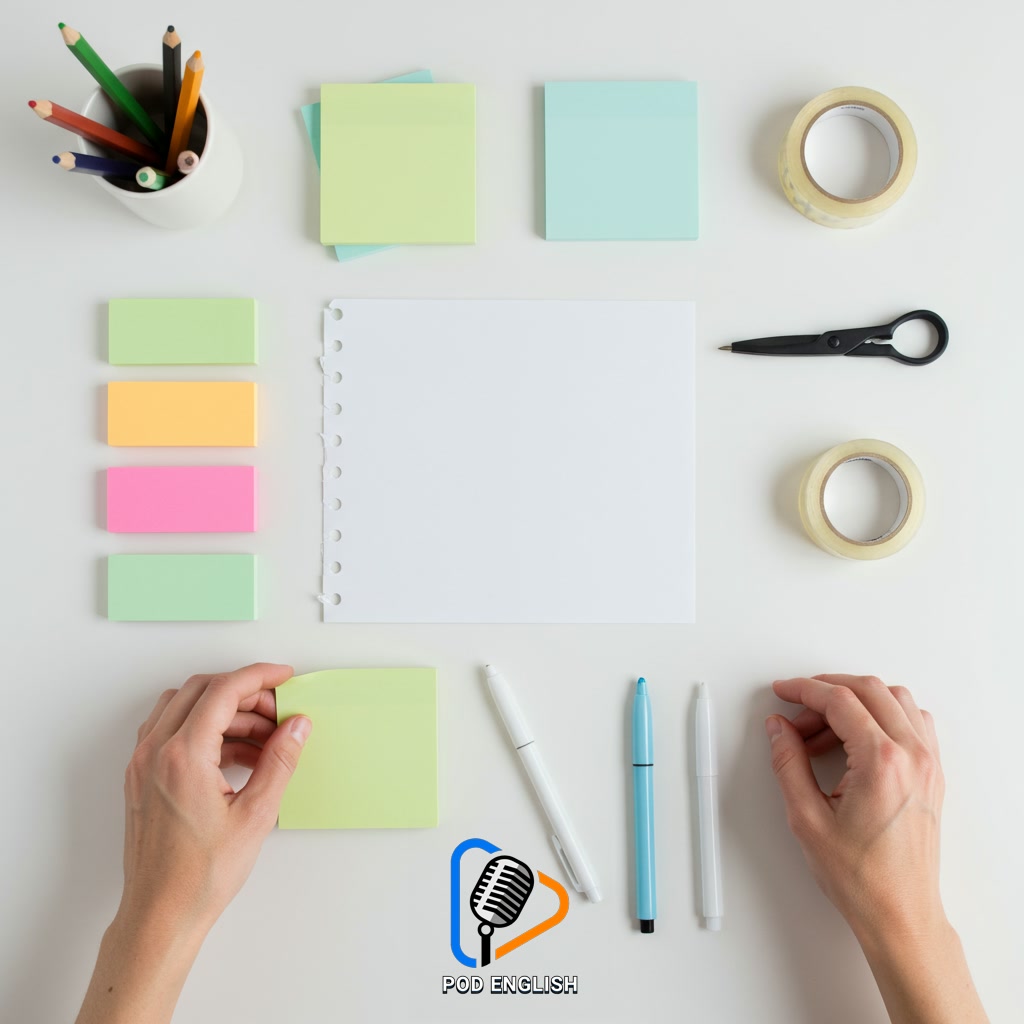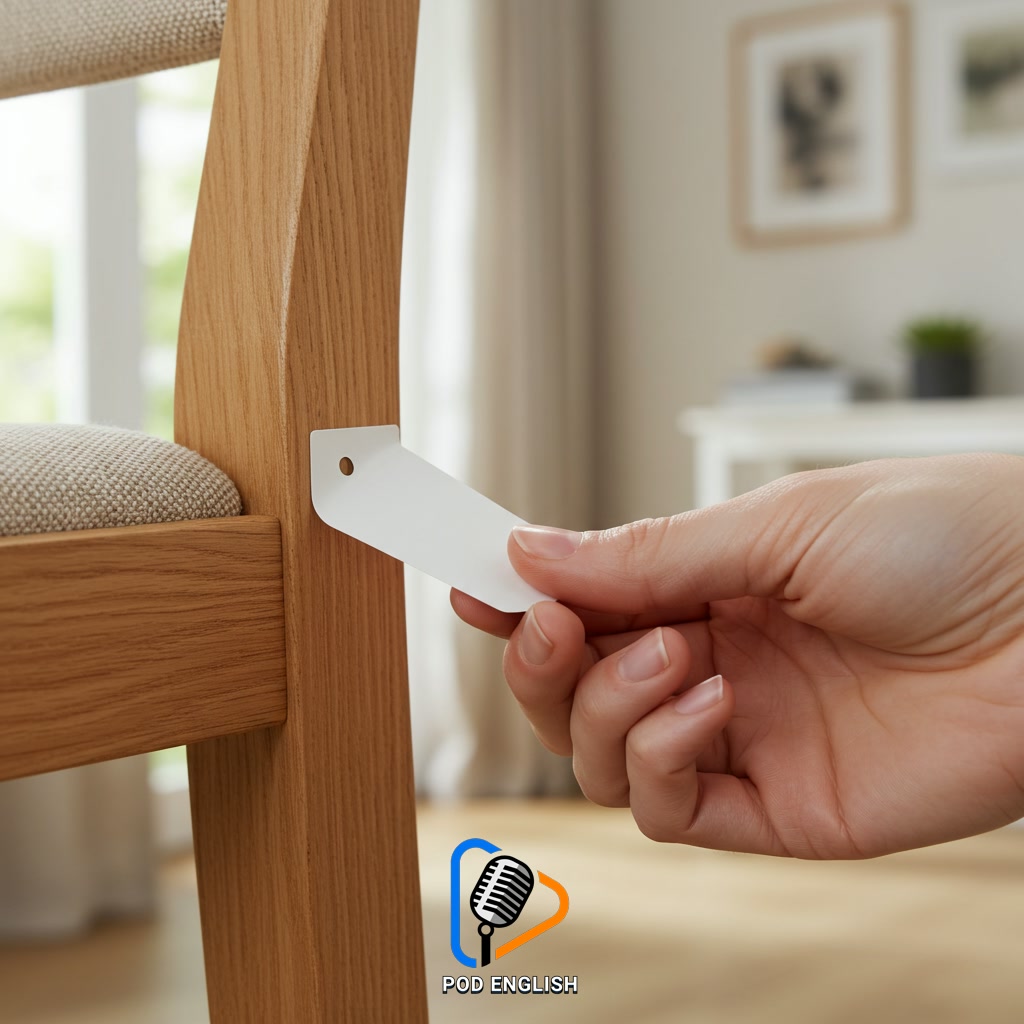Learn English
Learn English Vocabulary Easily: Create Labels for Objects Around Your Home

This content outlines a practical method for easily improving English vocabulary. It proposes leveraging common household items as tools for language learning. The approach involves creating and placing labels with English names on objects throughout one’s home. This technique facilitates consistent exposure and natural memorization of new words within a familiar setting, making vocabulary acquisition more accessible.
Table of Contents
- Section 1: Introduction: Why Labeling Objects Boosts English Vocabulary
- Section 2: Getting Started: Gathering Your Supplies and Setting Up
- Section 3: The Step-by-Step Guide to Labeling Your Home
- Section 4: Expanding Your Labels: Beyond Simple Nouns
- Section 5: Making It Stick: Tips for Review and Retention
- Section 6: Conclusion: Enjoying Your Vocabulary-Rich Environment
Section 1: Introduction: Why Labeling Objects Boosts English Vocabulary
Learning new English words can feel challenging, but connecting words to things you see every day makes it much easier. The traditional way often involves lists that are hard to remember. However, by labeling objects around your home, you create a practical, engaging way to learn English vocabulary. This method provides constant visual reminders of English words in their natural context – the actual items they represent. Seeing words like ‘chair,’ ‘table,’ or ‘lamp’ directly on the objects helps your brain make strong connections, turning your living space into a powerful learning environment. It’s a simple, effective technique that integrates vocabulary practice seamlessly into your daily routine, boosting memorization and confidence in using new words.

Introduction: Why Labeling Objects Boosts English Vocabulary
Section 2: Getting Started: Gathering Your Supplies and Setting Up
To begin applying this practical vocabulary learning method, the first step is to gather the necessary supplies. You won’t need anything complicated – just some basic items readily available in most homes or easily purchased. Get some small pieces of paper or sticky notes that are easy to write on. You’ll also need pens or markers so the words are clear and readable. Don’t forget tape or adhesive material to attach the labels securely to your chosen objects without damaging them. Having a dictionary or a reliable online translation tool nearby will also be helpful to quickly find the correct English words for the items you want to label. Once you have these simple tools ready, you’re prepared to move on to the next stage: deciding which objects will become your first vocabulary targets.

Getting Started: Gathering Your Supplies and Setting Up
Section 3: The Step-by-Step Guide to Labeling Your Home
With your supplies ready, you can begin the simple process of labeling your home. Start by choosing a common object in a room, such as a chair, table, or door. Look up its English name if you don’t know it, using a dictionary or online resource. Write the English word clearly on your label material – this could be a sticker, card, or piece of paper. Then, attach the label securely to the object itself, or very close to it where it’s easily visible. Repeat this process for other items around the room and throughout your house. Don’t worry about labeling everything at once; start with a few key items and gradually add more as you learn. The goal is consistent exposure to the words in their real-world context.

The Step-by-Step Guide to Labeling Your Home
Section 4: Expanding Your Labels: Beyond Simple Nouns
Okay, you’ve started with simple labels like “chair” or “table.” Now, let’s make this exercise even more powerful. Expanding your labels means adding more descriptive words or actions related to the object. Instead of just “chair,” you can label it “comfortable armchair” or “wooden dining chair.” For a door, you could add “open the door” or “close the door.” This helps you learn adjectives and verbs in context, showing how words connect. You can also add short phrases describing the object’s use or appearance, like “place for books” on a shelf. This step moves you beyond single words and starts building your ability to use English in simple sentences, making your vocabulary more functional and memorable.

Section 5: Making It Stick: Tips for Review and Retention
Okay, you’ve put labels on objects and even expanded them. But just having labels isn’t enough; you need to actively engage with them to make the words stick in your memory. A great tip is to regularly review the labels, perhaps once or twice a day. Don’t just glance; try to say the word out loud, maybe even use it in a simple sentence. For example, when you see the “chair” label, think “This is a chair. I sit on the chair.” Another effective method is to test yourself. Cover the label and try to remember the word. Consistency is key. Make it a habit to interact with your labeled environment. This active recall and repetition within a familiar context will significantly improve your vocabulary retention over time.

Making It Stick: Tips for Review and Retention
Section 6: Conclusion: Enjoying Your Vocabulary-Rich Environment
By transforming your home into a vibrant learning space with English labels, you’ve created a powerful, personalized environment for vocabulary acquisition. This isn’t just about sticking words onto objects; it’s about constant, natural exposure that builds familiarity and confidence. Every time you glance at a labelled item, you reinforce the connection between the object and its English name without conscious effort. Embrace this unique learning ecosystem you’ve built. It makes vocabulary practice an integrated part of your daily routine, turning mundane tasks into opportunities for learning. Enjoy living and interacting within this vocabulary-rich setting, celebrating how easily and naturally new English words are becoming a part of your world.

Conclusion: Enjoying Your Vocabulary-Rich Environment













